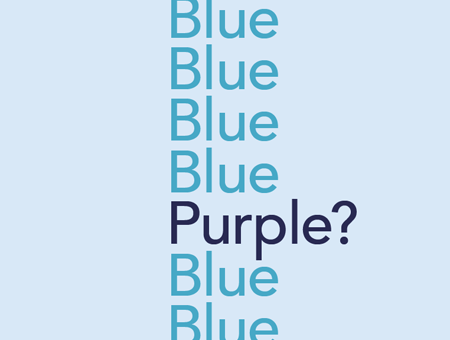Brand Insights
For Health Science Executives
Bioresearch Branding That Works—Part 1: Consistency
Bioresearch Branding That Works—Part 1: Consistency
Get the most from your bioresearch brand by applying the same consistency you expect from your scientific work.
Successful life science firms and biomedical non-profits understand this simple branding truth. So why do so many fall into the trap of making a big branding investment, only to become frustrated when their efforts don’t live up to expectations? In many cases the problem isn’t the branding itself, but the way the plan is rolled out after the initial creative work is done.
Here are 3 steps to help you maintain a consistent brand, and ensure that you get the most from your investment–even if your branding spend is modest.
1. Think outside the logo
Recognize that your brand is a lot more than just your logo. Leveraging your full potential also involves managing elements like these:
- Brand “voice” (how you talk about yourself to your audience, including any keywords that represent your brand)
- Typefaces
- Image style (ex. some organizations only use full-color photography, others use illustrations, etc.)
- Iconography
- Other visual elements (colors, layout conventions, etc.)
- Organization and audience personas
Getting each of these components clearly aligned with your goals is the just first step in the branding process. The next challenge is keeping them in line.
2. Get everyone on board
Managing a brand is just as important as creating it, so getting everyone who will be working with your brand on the same page early in the process is essential. Successful brands aim to develop brand ambassadors by sharing why the rebrand is important to critical team members and asking for their input and investment prior to any creative development. (See our post on getting internal buy-in for tips.)
The rollout of the brand begins with a guide that includes everything listed in step 1. This becomes the go-to source (i.e. brand manual) your team should “check in with” constantly as they begin to work with the brand. As new people join your communications team, their first task should be to become familiar with these brand standards.
Next, make sure all the typefaces, graphic files, and other elements are available in a centralized place rather than in scattered storage “silos.” That way anyone who needs them will have access to the most current versions, even when updates are made.
3. Keep your brand’s house in order
This is an ongoing process that starts with maintaining what you’ve already created. Someone in-house needs to be the “brand cop” who makes sure the most current brand standards are being updated and followed. This makes everyone’s job easier and leads to stronger marketing results.
You’ll also want to review your brand on a regular basis to see if it needs to be tweaked or modified. Does the brand still reflect the goals of the organization? Does it still resonate with the audience? Has the market changed something that the brand needs to respond to? Maybe there’s a growing market segment you want to capitalize on. Are you going in a new direction that the brand needs to reflect? Are any elements of the brand getting tired?
An annual review with your communications team should reveal the answers. And if you’re not sure where to start, a Brand Discovery Workshop can help. The formality of a group work session is particularly effective for biomedical and life science communications teams who need to realign and jumpstart a new marketing or fundraising year.
Staying one step ahead of market changes doesn’t necessarily mean that your organization will need to start from scratch. You may just need to “add a few things to your wardrobe” to keep it up-to-date. When that happens, file away old pieces and add any new ones to your master brand guide. Be sure the new elements are tagged appropriately, stored in the right place, and made accessible to everyone who needs them.
This may sound like a lot of work, but remember successful biomedical and life science organizations got there by taking the time to keep pace with the needs of their buyers or donors, and consistently leveraging their brand in that direction.
